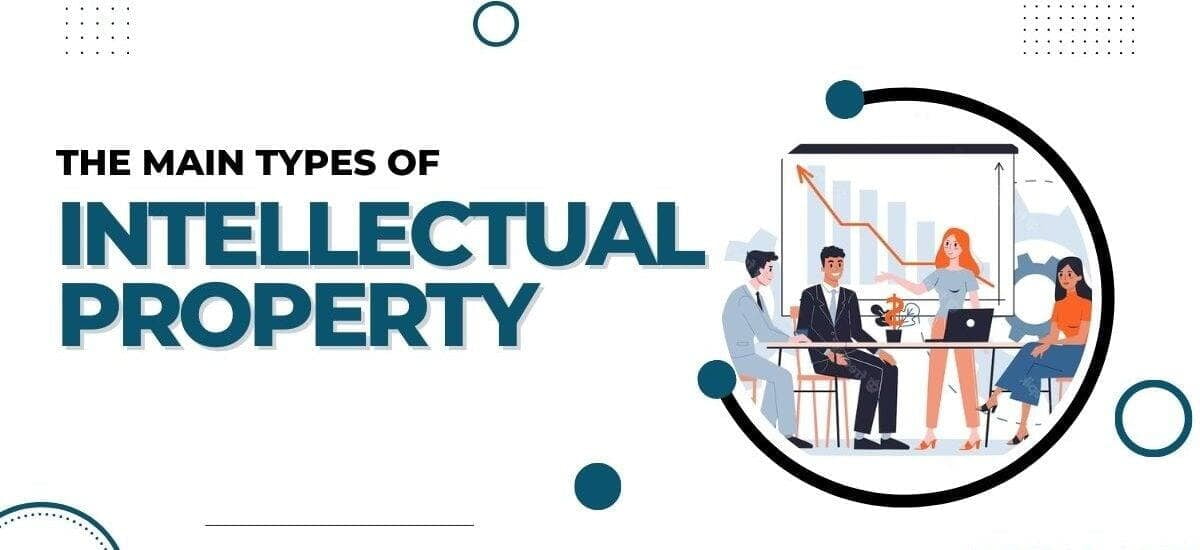
For centuries, artists and inventors have been rewarded handsomely for their creations. And now, anyone can benefit from these rewards. The only problem is that others may try to copy your work without giving credit. (IP) Intellectual Property is the name given to anything created by humans. This includes literature, art, music, software, logos, designs, inventions, and ideas. These creations belong to their owners, who can prevent others from using them without permission. The owner has the exclusive rights to control and benefit from the invention. If someone else uses it without permission, they infringe upon the owner’s rights.
IP refers to inventions or discoveries that belong exclusively to someone else. Intellectual Property has become one of today’s hottest topics. It’s now considered essential to every company’s success. A strong IP portfolio is often necessary to compete effectively against rivals.
Intellectual property protection came into existence to protect the brainchild of inventors or artists. There are some essential types of Intellectual Property, so read till the end.
The Different types of Intellectual Property
Any business must take seriously its obligation to realize the value of its intellectual Property and take preventive measures to prevent its inventions from infringing. Many different types of intellectual Property exist. Intellectual Property has the potential to be much more valuable than a company’s actual assets while being an intangible asset. IP consists of 3 significant parts: copyright, patent, and trademarks.
- Copyright: The law of copyright states that anyone has the right to create original material such as music, books, movies, etc. However, copyright only gives rights to the original work’s creator(s). No one else can legally copy or distribute the copyrighted material without the owner’s consent.
- Patent: Patents are similar to copyrights, except patents give exclusive rights to inventors and businesses. They allow them to obtain protection against unauthorized copying, distribution, and sale. The invention, which may be a method, a design, a method, an advancement, or anything tangible like the machine, is given to the inventor exclusive rights through the patent. Companies in the technology and software industries frequently have patents on their designs.
- Trademarks: Trademarks are unique words, symbols, phrases, designs, logos, and graphics that identify goods and services. Companies hope to distinguish themselves and gain recognition by using distinctive trademarks in the marketplace. As with patents, it is possible to file a trademark application and request protection against someone infringing upon the trademark.
Apart from the essential types mentioned above, there are certainly other types you should consider.
- Trade Secrets: Trade secrets are confidential information, usually developed through years of research and effort, that allows companies to out-compete their competitors. Franchises operate under a brand name, such as McDonald’s. They often offer a standardized menu of goods and services. A trade secret is a form of intellectual Property (IP) that belongs to its owner. It exists independently from other IPs owned by the same party, even though they may be related. The owner has exclusive rights and ownership over the trade secret. It cannot be used without the permission of the owner. Trade secrets, confidential information, or proprietary data are considered valuable assets. They are secret and exclusive knowledge provided by the owners of a specific business. The term “trade secret” covers many intellectual property rights. When they are protected well, trade secrets can increase the value of a company. Companies often take measures to protect their trade secrets, especially during negotiations with potential partners or customers.
- Franchises: Franchising is licensing one company’s trademark, service mark, logo, design, product, or system to another company or individual. In return for granting the license, the franchisor receives a percentage of royalties paid to the licensor and some other benefits.
Copyright, patent, and trademark are separate areas of intellectual property law. Each area covers unique aspects of rights and protections. When you write a book, compose a song, design a logo, create a recipe, or start a new company, you likely want to ensure that others cannot legally copy or sell your work without permission. There are also several types of licenses that you can grant to individuals or businesses if they wish to use your work.
Conclusion
Intellectual Property (IP) refers to creations of human brains, such as inventions, designs, software, music, and movies. An invention can be anything from a new device to a recipe. The patent holder or copyright holder gets exclusive rights to sell the invention. If another person tries to copy the invention without permission, they can face legal action. For example, Apple has sued Samsung over its phones.

